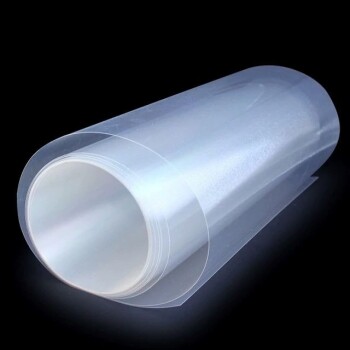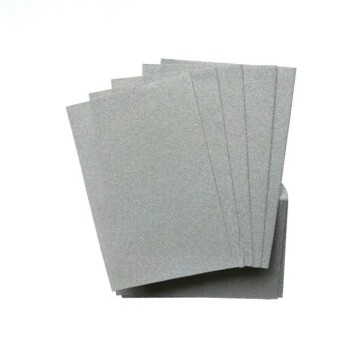The penetration depth of a handheld XRF (X-ray Fluorescence) analyzer typically ranges from micrometers to several millimeters, depending on the material being analyzed and the energy of the X-rays used. This makes handheld XRF analyzers suitable for studying the composition of various materials, particularly for surface and near-surface analysis. However, the penetration depth is influenced by factors such as the material's density, thickness, and the specific elements being detected. While handheld XRF analyzers offer portability, speed, and multi-element analysis capabilities, they are limited in their ability to analyze deep layers or detect low-concentration elements accurately. Proper sample preparation and understanding of the device's limitations are crucial for obtaining reliable results.
Key Points Explained:

-
Penetration Depth Range:
- Handheld XRF analyzers can penetrate materials to a depth ranging from micrometers to several millimeters.
- This range is ideal for surface and near-surface analysis but is insufficient for deep-layer analysis.
- The actual depth depends on the material's density, thickness, and the energy of the X-rays used.
-
Factors Affecting Penetration Depth:
- Material Density: Denser materials (e.g., metals) may limit penetration to a few micrometers, while less dense materials (e.g., plastics or light alloys) may allow deeper penetration.
- X-ray Energy: Higher-energy X-rays can penetrate deeper but may also scatter more, reducing accuracy.
- Sample Thickness: Thicker samples may absorb more X-rays, limiting the depth of analysis.
-
Applications of Handheld XRF Analyzers:
- Alloy Identification: Handheld XRF analyzers can quickly identify metal and alloy grades within 1-2 seconds.
- Composition Analysis: They are capable of detecting up to 11 types of alloys and measuring the composition and content of alloy elements.
- Quality Control and Research: These devices are widely used in quality control, research and development, and material optimization.
-
Limitations of Handheld XRF Analyzers:
- Depth Analysis: Handheld XRF analyzers are not suitable for analyzing deep layers due to their limited penetration depth.
- Detection Limits: They may not detect low-concentration or trace elements as accurately as laboratory-based instruments.
- Sample Characteristics: Results can be affected by factors such as sample container, film, particle size, moisture, heterogeneity, and matrix effects.
- Interference Factors: Certain sample sizes, shapes, or interference factors (e.g., overlapping X-ray peaks) can impact accuracy.
-
Best Practices for Accurate Results:
- Sample Preparation: Ensure the sample is clean, flat, and representative of the material being analyzed.
- Calibration: Regularly calibrate the device to account for variations in sample matrices.
- Operator Training: Proper training and management of operators are essential to ensure correct and safe usage.
- Complementary Methods: For low-concentration or trace elements, consider using other analytical methods in conjunction with XRF analysis.
-
Advantages of Handheld XRF Technology:
- Portability: Handheld XRF analyzers are compact and easy to transport, making them ideal for field use.
- Speed: They provide rapid results, often within seconds.
- Multi-Element Analysis: Capable of detecting multiple elements simultaneously, making them versatile for various applications.
-
Considerations for Purchasers:
- Application Needs: Evaluate whether the penetration depth and detection capabilities of a handheld XRF analyzer meet your specific requirements.
- Sample Types: Consider the types of materials you will analyze and whether the device can handle them effectively.
- Budget and Training: Factor in the cost of the device, maintenance, and operator training to ensure long-term value.
By understanding the capabilities and limitations of handheld XRF analyzers, users can make informed decisions about their suitability for specific applications and ensure accurate and reliable results.
Summary Table:
| Aspect | Details |
|---|---|
| Penetration Depth | Micrometers to several millimeters, ideal for surface and near-surface analysis. |
| Factors Affecting Depth | Material density, X-ray energy, and sample thickness. |
| Applications | Alloy identification, composition analysis, quality control, and research. |
| Limitations | Limited depth analysis, detection limits for low-concentration elements. |
| Best Practices | Proper sample preparation, calibration, operator training, and complementary methods. |
| Advantages | Portability, speed, and multi-element analysis capabilities. |
Need help choosing the right handheld XRF analyzer for your needs? Contact our experts today!












